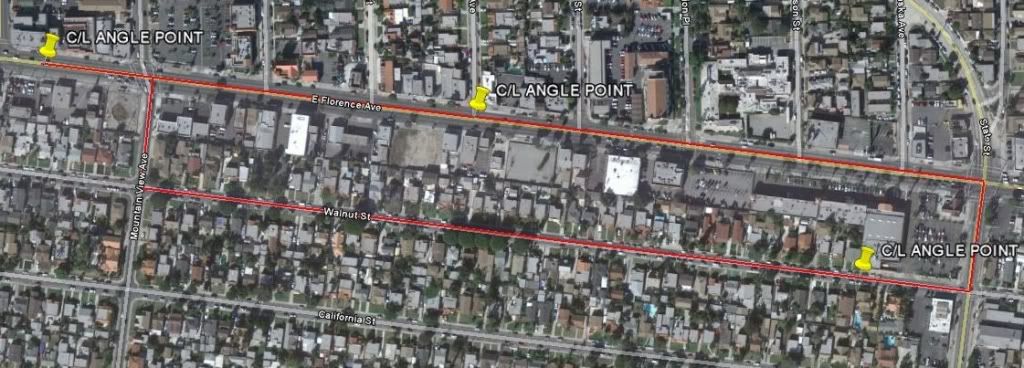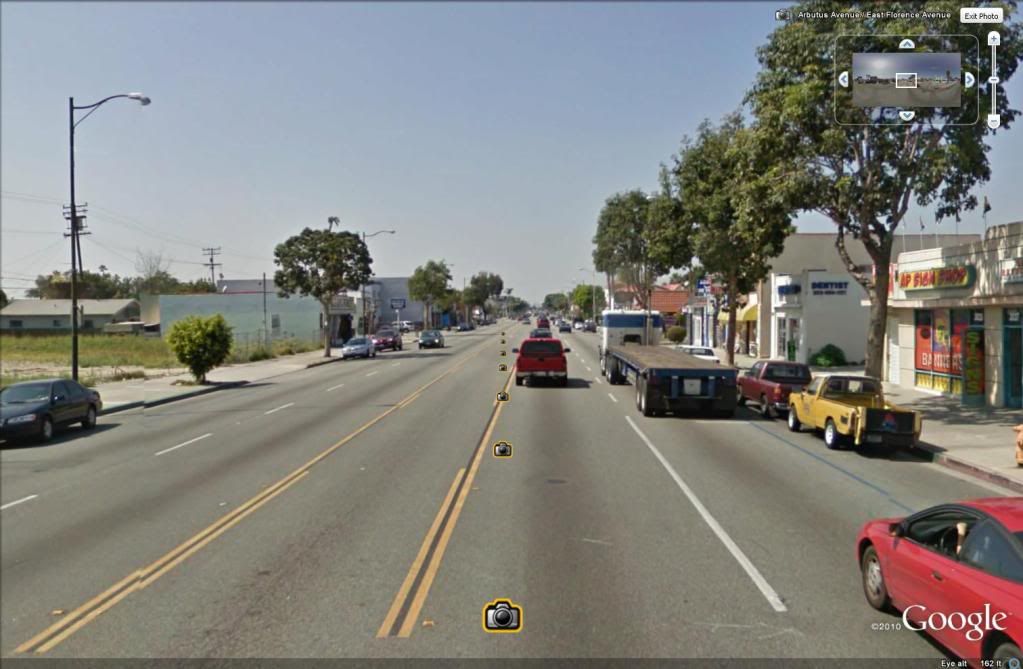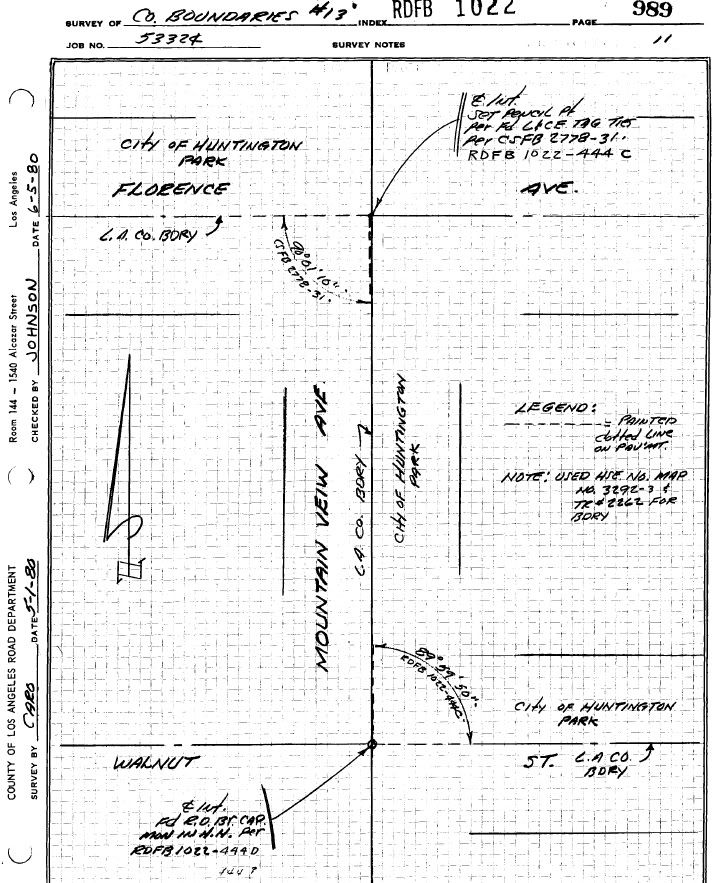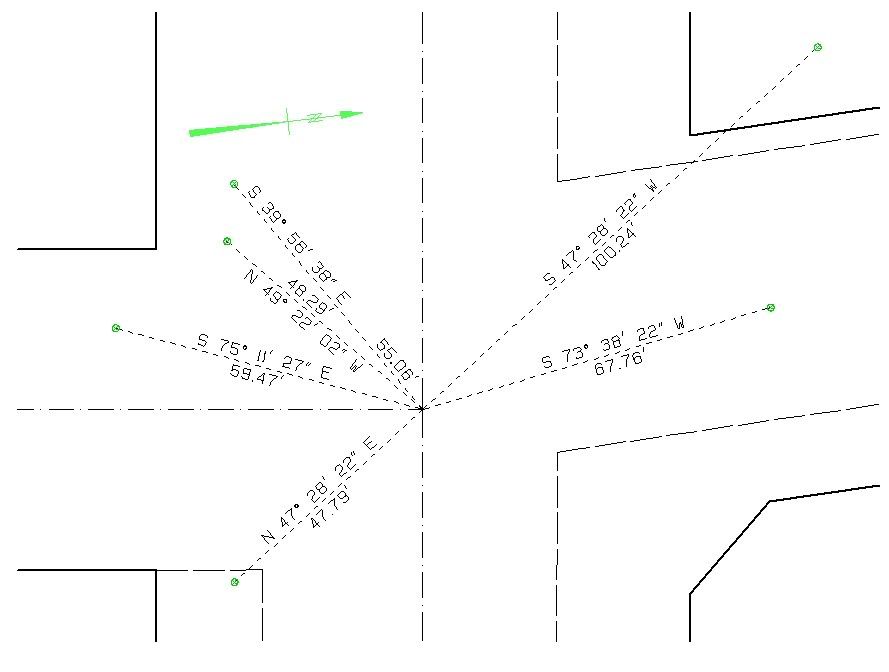Resolution limit of telescope and pointing
> The number I had heard was that good eyes can resolve 0.7 minutes, pretty close to what you said. But is that the same thing as finding the center of something? You might be able to line up two blobs to better accuracy than you could make out features on them.
That's exactly right, Bill. Resolution refers to the ability to see two objects such as stars as distinct objects at a particular angular spacing. The reticles of high-quality survey instruments may be pointed at well designed targets with very faintly blurred edges significantly better than the resolution limit of the optics.
IMHO, Nikon optics are the best.
Mighty Mouse
..umm, or is that Moe?
Oh well...:party:
> 1200' is not very far for any instrument: in my experience anyway. I think there may be an issue with the optics in your Pentax or there are atmospheric issues-heat waves, smog (I have to admit here that I've never worked in a large smoggy city).
Well, all the work I do is city work. The optics are fine. Yesterday was a clear cool day and perfect for what I had to do, verifying a second angle point in a main highway. There is a painted median island on Florence Avenue and there were heat waves from vehicle exhaust but with patience waiting on perfect traffic conditions, i.e., no exhaust shimmer I was able to get the distance and angles a few times. I guess it took about 30 minutes just to do that.
Here is a plan view of the survey area. The middle C/L Angle Point is where I was set up, the one on the west (north is up screen) is where I was sighting.

Here is a Google street view of the station point. I was in the median area to the left of the photo. This photo is looking west. BTW, that traffic in the picture is LIGHT traffic 🙂

I think the Wild T-3 or T-4 had a much larger objective lens and an inverted image. Even an inverted image on my Pentax would give a much better view in 1200 feet.
One second gun VS five second gun
Get a good robot and you won't have to worry so much. My geodimeter is a 1 second instrument, but I rarely actually look through the scope.
I remember Dr. Reilly at NMSU speak about how the technicians at Wild would test the glass made for the instruments and then sort them into different grades based on how they performed. The better ground lens would go into the higher spec. instrument.
One second gun VS five second gun
No one is worrying Andy..I just asked a simple question.
A robot would be nice but I do not like solo work, but I would still like to have a robot.
Slide Rules versus Super Computers
The old optics in the WILD-Heerbrugg instruments (and the Zeiss counterparts) for the T-1, T-2, T-3, and T-4 were computed with slide rules, and were uncoated optics. Nowadays, camera optics such as Nikon and Canon (and Leica and Zeiss) are computed with super computers, and riflescopes and binoculars have coated optics internally as well as external coatings along with being filled with nitrogen to prevent fogging. Some spotting scopes are made with glass that has rare earths included into the casting of the lens blanks before grinding. Also consider the size of the "hair" that comprises the reticle - it is designed for a particular power of eyepiece. Zoom optics offer additional problems that have yet to be solved for precise work in that for parfocal optical systems (stays in focus as you change the zoom), you still have to contend with the parallelism of the zoom optics principle point as you physically move the optics in a barrel inside of the telescope tube. Any wear on the helical spiral groove for the zoom fittings will adversely affect the parallelism - that means it will change the pointing accuracy of the instrument from one zoom setting to another. Same goes for ordinary surveying optics ... the concentricity of the focus is checked to be within certain tolerances if one just changes focus! Instrument repair shops have multiple reticle collimators to check that. This is why one should not change focus from backsight to foresight. It would be a nightmare to also zoom.
etcetera, etcetera, ad nauseum ...
Slide Rules versus Super Computers
Here is a picture of the first computers used for lens calculations at Wild.

Apparent width of reticle wire
>Also consider the size of the "hair" that comprises the reticle - it is designed for a particular power of eyepiece.
The width of the reticle wires in modern total stations isn't usually the limiting factor in pointing the telescope, though. It's more target design.
Robotic Sighting
Hi Paul,
Sorry for getting a little off topic from your original question, but since robotics were brought up...
I was wondering if, under bad conditions (heat waves, etc.) at the distances that you're working with, would a robotic actually find the center of your target much better than the human eye could do? Or, would poor sighting conditions also have a detrimental effect on a robotic instrument's performance?
Thanks,
Jeff
Robotic Sighting
With the Leica robot TCA 1103, if heat waves are bad the lock does have problems at about 1000 feet out. If I'm using it like a traditional TS, I turn off lock and ATR and just sight conventionally.
I also second the notion that Nikon has the best optics.
Mighty Mouse
MightyMouse I like it. I should use that. Actually, the mighty one is the pup the ball and chain made us get. Sooo cute at 2 months and now he's more like livestock than a dog.
Cool Pictures-1200' along that street would stress the optics of any instrument.
I really don't think you would gain anything by upping the specs. for an instrument's accuracy, except I'd say that closures would check better; but if 1200' is a long sight it's probably not worth it.
Heat waves are heat waves, shimmer, dust, smog, it all gets magnified by the instrument and a more powerful telescope will just make it worse.
One of these days I will send you the survey south of the one for Section 28 that have the double monuments; I think you'll enjoy that one even more.
5" at 1000' is .025, 3" is .015, 1" is .005. Really hard to tell the difference.
I wonder if there are any statistics on the apparent cross hair width at different distances...
2 arc-seconds is 2 arc-seconds
> I wonder if there are any statistics on the apparent cross hair width at different distances...
Yes, a reticle wire that has an apparent with of about 2 arc-seconds will appear to be 2 arc-seconds wide when sighting an object at any distance.
Mighty Mouse
> One of these days I will send you the survey south of the one for Section 28 that have the double monuments; I think you'll enjoy that one even more.
Is that like a stones throw to the border of Montana?
Jeff
> ...... at the distances that you're working with...
Those lengths were the rare egg in the basket. The only reason that I sighted that length was the favorable weather conditions when the traffic gave me a break. There were lulls in the traffic that let me sight with zero shimmer. Normally, the city blocks I work in are 330 - 660 feet in length.
Huntington Park has some very long blocks, as the photo shows on the south..close to 1/2 mile from intersection to intersection.
I do not use a robot but you are probably right about sighting manually being better than a robot in that traffic situation.
Mighty Mouse
> Yesterday was a clear cool day and perfect for what I had to do, verifying a second angle point in a main highway. There is a painted median island on Florence Avenue and there were heat waves from vehicle exhaust but with patience waiting on perfect traffic conditions, i.e., no exhaust shimmer I was able to get the distance and angles a few times. I guess it took about 30 minutes just to do that.
Just as a point of curiosity, why didn't you use GPS to make that tie? The result would have been probably faster and more reliable. That is the smart way to spend money. Buy L1 GPS and spend less on the total station.
Kent
> Just as a point of curiosity, why didn't you use GPS to make that tie?
I would like to have an L1 GPS but I dont and since most of the block surveys are in the 330FT - 660FT length I think that a TS is better suited for the work I do.
The other thing I have to do on this survey is physically monument the intersection of Florence Avenue and Mountain View Avenue. The tie line I was shooting will be held mainly for line. I found (4) C/L ties that are shown in agency records. Two in the city field books and two in the county field books. I also found two lead/nail ties that I cannot trace back to a record, I believe that those two are pre construction ties of a storm drain project. The intersection is an angle point west and south for the County of Los Angeles and the City of Huntington Park.
The city installed a storm drain along Florwnce and neither agency has re-monumented that intersection. I'll place a 6" boat spike and washer set a bit below the surface and use the 6 existing ties I found to reference it.
City/County Boundary

Here is my workup of the intersection showing the six found ties to the S/W that I will set.

Kent...how long of an occupation time would it take using L1 GPS at two stations to get the desired results of +/- 0.02' in 1200'?
I spent 30 minutes with the TS.
L1 GPS is pretty fundamental tool
> how long of an occupation time would it take using L1 GPS at two stations to get the desired results of +/- 0.02' in 1200'?
>
> I spent 30 minutes with the TS.
20 minutes or less. L1 GPS is pretty much one of the basic tools of even urban surveying.
L1 GPS for Urban Surveys
> 20 minutes or less. L1 GPS is pretty much one of the basic tools of even urban surveying.
I see a lot of crews in my traveling around the city and the rare sight is a crew using GPS instead of a TS. I also had my answer immediately. With L1 I would have to post process the data to get my answer..correct?



